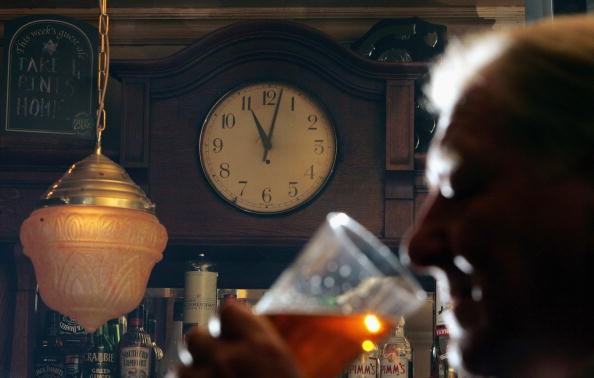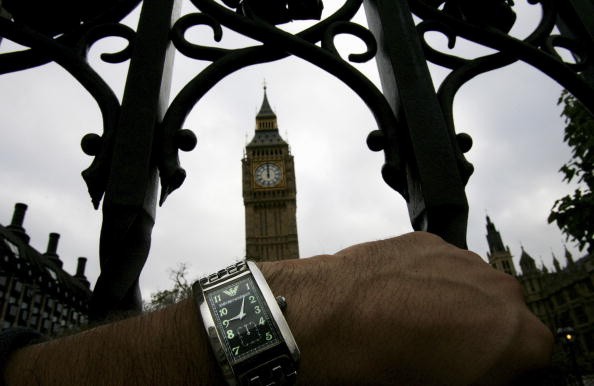Scientists said that "zeptosecond" is the smallest amount of time. The new unit represents one trillionth of a billionth of a second (10 to the -21st power), which is smaller than a millisecond.

After discovering the smallest amount of time, several physicists from Goethe University Frankfurt used zeptosecond to measure how long it takes for a photon to cross a hydrogen molecule. According to the Independent UK's latest report, the experiment showed that the particle's travel time takes approximately 247 zeptoseconds.
NBC News previously reported that scientists from DESY and the Fritz Haber Institute of the Max Planck Society in Berlin participated in the study, which was published in the Journal Science on Oct. 16.
PETRA III laser
To achieve the amazing scientific feat, the researchers used the Petra III laser, the most powerful light source of its kind. The laser was used to develop the X-rays, which were set so that only one photon was needed to send both electrons out of the hydrogen particle.

The X-ray energy from the laser created the effect of skimming the photon across the two electrons, which simultaneously behave like waves and particles. This allows the waves to move the second electron when the first one is ejected.
Measuring zeptosecond
With the help of PETRA III, the scientists combine the second electron's waves with the first one, allowing the photon to move across the interference pattern. The researchers measured the new pattern using their knowledge about the hydrogen molecule's location and a Cold Target Recoil Ion Momentum Spectroscopy (COLTRIMS) reaction microscope.
"Since we knew the spatial orientation of the hydrogen molecule, we used the interference of the two electron waves to precisely calculate when the photon reached the first and when it reached the second hydrogen atom," said Sven Grundmann, a Ph.D. candidate.
For more news update about amazing scientific discoveries, always keep your tabs open here at TechTimes.
This article is owned by TechTimes,
Written by: Giuliano de Leon.
ⓒ 2025 TECHTIMES.com All rights reserved. Do not reproduce without permission.




